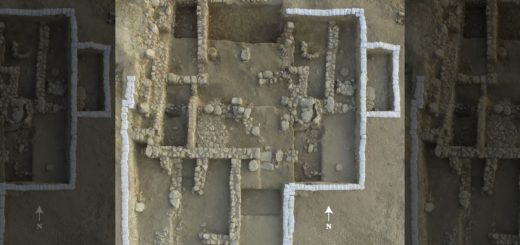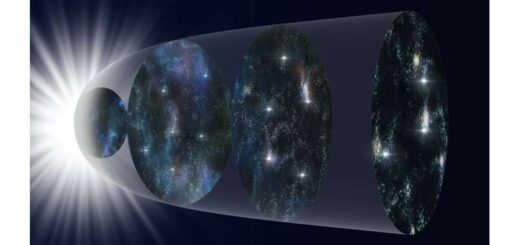One Of Most Massive And Dense Super-Earth Planets Discovered In Pisces Constellation
The star GJ 9827 – located approximately 100 light years away in the Pisces constellation – includes what may be one of the most massive and dense super-Earth planets detected to date, according to a team of astronomers led Johanna Teske of the Carnegie Institution for Science, Washington .
The GJ 9827 star hosts a trio of planets, discovered by NASA’s exoplanet-hunting Kepler/K2 mission, and all three are slightly larger than Earth.

An artist’s impression of a stellar system with three super-Earths.
Credit: Courtesy of ESO
This is the size that the Kepler mission determined to be most common in the galaxy with periods between a few and several-hundred-days.
Interestingly, no planets of this size exist in our Solar System.
To better understanding a planet’s history is necessary to determine its composition. To try to understand what an exoplanet is made of, scientists need to measure both its mass and its radius, which allows them to determine its bulk density.
Astronomical observations suggest that planets like Neptune, with radii greater than about 1.7 times that of Earth are have a gassy envelope, and those with radii smaller than this are rocky, like our home planet.
GJ 9827’s three planets are special. With radii of 1.64 (planet b), 1.29 (planet c) and 2.08 (planet d), they span this dividing line between super-Earth (rocky) and sub-Neptune (somewhat gassy) planets.
“Usually, if a transiting planet is detected, it takes months if not a year or more to gather enough observations to measure its mass,” Teske explained. “Because GJ 9827 is a bright star, we happened to have it in the catalog of stars that Carnegie astronomers been monitoring for planets since 2010.
Monitoring and measurements were possible with the Planet Finding Spectrograph (PFS), mounted on the Magellan Clay Telescopes at Carnegie’s Las Campanas Observatory and astronomers determined that:
planet b is roughly eight times the mass of Earth, which would make it one of the most-massive and dense super-Earths yet discovered.
The masses for planet c and planet d are estimated to be about two and a half and four times that of Earth respectively, although the uncertainty in these two determinations is very high.
This information suggests that planet d has a significant volatile envelope, and leaves open the question of whether planet c has a volatile envelope or not. But the better constraint on the mass of planet b suggests that that it is roughly 50 percent iron.
More observations are needed to determine compositions of these three planets, according to astronomers.



 Creators of mankind
Creators of mankind Description of “Tall white aliens”
Description of “Tall white aliens” Where they came from?
Where they came from? About hostile civilizations
About hostile civilizations The war for the Earth
The war for the Earth “Tall white aliens” about eternal life
“Tall white aliens” about eternal life Video: “Nordic aliens”
Video: “Nordic aliens” Aliens
Aliens Alien encounters
Alien encounters The aliens base
The aliens base UFO
UFO Technology UFO
Technology UFO Underground civilization
Underground civilization Ancient alien artifacts
Ancient alien artifacts Military and UFO
Military and UFO Mysteries and hypotheses
Mysteries and hypotheses Scientific facts
Scientific facts


















